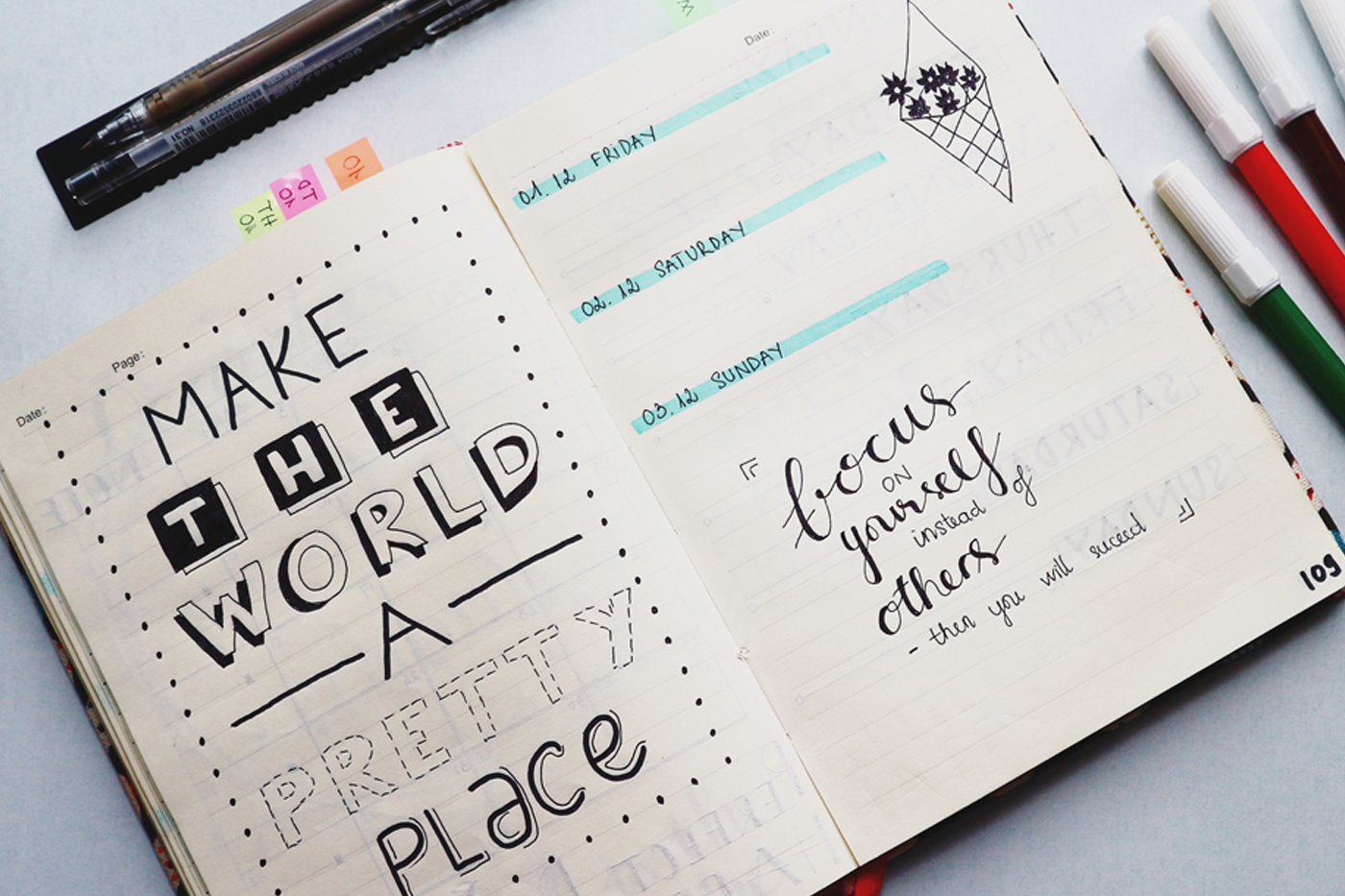Which Stencil Painting Method is Right for Your Project?
Spray paint or traditional paint? Brush, roller, or sponge? When it comes to stenciling, there's no single "right" answer. The best method depends on your project, desired finish, and available materials.
This guide breaks down five popular stencil painting methods so you can choose the technique that works best for you.
Essential Prep Work (For All Methods)
Before you start painting, proper preparation is crucial for preventing paint bleed and achieving clean lines.
Secure Your Stencil:
- Use spray adhesive on the back of your stencil
- Add painter's tape around the edges for extra security
- Press down firmly on all areas of the stencil
- Ensure the stencil sits as flush as possible against your surface
Remember: The closer your stencil is to the surface, the less paint bleed you'll experience.
Method 1: Spray Paint
Best for: Quick projects, outdoor signs, even coverage, flat finishes
Spray paint is the classic stenciling method for good reason—it's fast, easy, and produces consistently even results.
How to use:
- Hold your spray can 10-15 inches from the stencil
- Apply paint in short, controlled bursts
- Avoid continuous spraying, which causes excessive paint buildup
- Work in a well-ventilated area
Results: Crisp, clean lines with minimal paint bleed when done correctly. The finish is smooth and flat.
Pros:
- Fastest method
- Most even coverage
- Easy for beginners
- Great for intricate designs
Cons:
- Requires ventilation
- Overspray can be messy
- Limited to outdoor use or well-ventilated spaces
Method 2: Round Stencil Brush
Best for: Textured finishes, craft projects, organic looks
Round stencil brushes (often labeled specifically as "stencil brushes") create beautiful textured effects.
How to use:
- Dip brush lightly in paint
- Remove excess paint by wiping on a paper towel
- Use a dabbing or stippling motion (not brushing strokes)
- Build coverage gradually with multiple dabs
Results: Textured, organic appearance with visible brush marks. Creates more paint bleed than spray paint.
Pros:
- Creates interesting texture
- No ventilation required
- Good control over paint application
- Works well for artistic effects
Cons:
- Time-consuming for large areas
- More paint bleed than other methods
- Requires patience for even coverage
Method 3: Sponge Brush
Best for: Medium-sized projects, textured finishes, controlled application
Sponge brushes offer a nice balance between texture and speed.
How to use:
- Load sponge lightly with paint
- Press sponge on paper towel to remove excess
- Use a firm dabbing motion
- Apply multiple light layers rather than one heavy coat
- Press hard with minimal paint for best results
Results: Good texture with relatively even coverage and minimal paint bleed. Faster than round brushes but not as fast as spray paint.
Pros:
- Balanced speed and quality
- Creates appealing texture
- Minimal paint bleed
- Easy to control
- Inexpensive applicators
Cons:
- Requires paint management (removing excess)
- Multiple coats may be needed
- Moderate time investment
Method 4: Paint Roller
Best for: Large areas, walls, floors, even flat finishes
The paint roller is the go-to method for covering large surfaces like walls and is popular among professional stencilers.
How to use:
- Pour small amount of paint into tray
- Roll out excess paint on the tray ridges
- Roller should appear almost dry before applying
- Press firmly to transfer paint
- Multiple light passes are better than one heavy pass
Results: Very clean, even finish with minimal paint bleed when done correctly. Professional-looking results.
Pros:
- Fastest for large areas
- Very even coverage
- Minimal paint bleed
- Professional finish
- Ideal for walls and floors
Cons:
- Requires paint tray setup
- More cleanup required
- Best suited for larger stencils
Want to learn more? Check out our complete guide: How to Paint Stencils on Walls
Method 5: Large Paintbrush
Best for: Raised texture, dimensional effects, artistic projects
A large paintbrush creates unique textured finishes with visible brush strokes and dimensional paint buildup.
How to use:
- Load brush with paint
- Apply with brushing or dabbing motions
- Work quickly to maintain wet edges
- Expect thicker paint deposits along design edges
Results: Raised, textured finish with visible brush strokes. More paint buildup along edges creates dimensional effect.
Pros:
- Easy and straightforward
- Quick application
- Creates unique raised texture
- No special tools needed
Cons:
- More paint bleed
- Uneven paint thickness
- Pools of paint along edges
- Less precise than other methods
Quick Comparison Guide
Need speed? → Spray Paint or Paint Roller
Want texture? → Round Stencil Brush or Sponge Brush
Working on walls? → Paint Roller
Prefer flat finish? → Spray Paint or Paint Roller
Looking for dimension? → Large Paintbrush
Need crisp lines? → Spray Paint (best) or Paint Roller
The Bottom Line
At Stencil Stop, we use all five of these methods depending on the project. There's no universally "best" technique—only the best technique for your specific needs.
Consider your surface, desired finish, available time, and workspace when choosing your method. Don't be afraid to experiment to find what works best for you!
Need Help Choosing?
Still not sure which method is right for your project? We're here to help!
- Email us: support@stencilstop.com
- DM us on social media
- Browse our stencil tutorials for more guidance
Whatever you're planning to create, we'll make sure you have the advice and materials you need to succeed.



Leave a comment
This site is protected by hCaptcha and the hCaptcha Privacy Policy and Terms of Service apply.